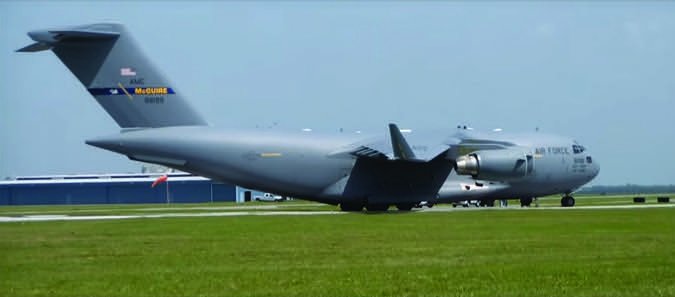
In a previous article (“Is This The Right Runway?” April 2017), we looked at a few selected reports of pilots landing on the wrong runway or on a taxiway. From their errors, we learned that weather, fatigue, last-minute ATC requests and many more in-cockpit distractions can contribute to touching down in the wrong spot, albeit at the right airport.
The bad news is a landing at the wrong airport can happen in much the same way. Plus, while landing on a taxiway has embarrassed a few pilots, attempting to land at the wrong airport has resulted in damaged aircraft, injured pilots and passengers, and even fatalities. On the good news front, adopting some best in-cockpit practices can help us avoid such errors. Let’s look at a few reports and see what we can learn.
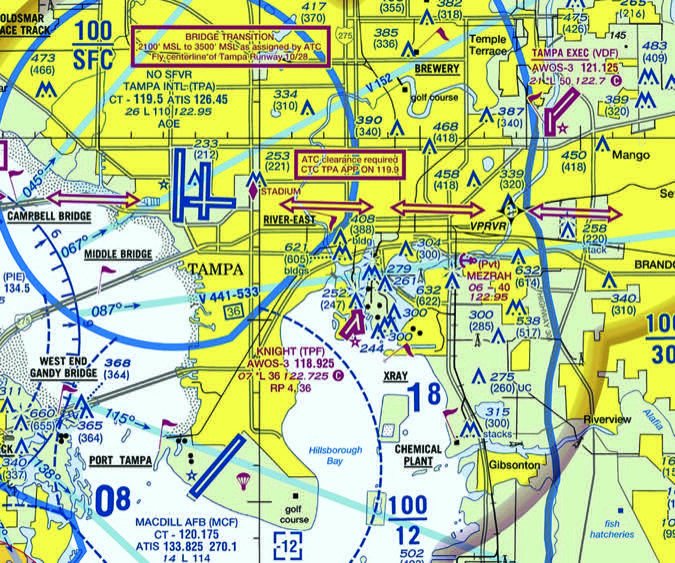
Don’t Stow the EFB
July, 2016: A flight instructor and student were out on a training flight. The instructor thought it would be a great day to practice crosswind landings, although that plan had not been briefed. The instructor visually acquired what he thought was the Tracy (Calif.) Municipal Airport (KTCA), and the flight made a pattern entry to Runway 30, as well as required calls on CTAF, followed by two touch-and-go landings. He assumed other aircraft in the pattern were Nordo, since they were not responding to his radio calls. After the second touch-and-go, the instructor realized they were actually in the pattern at the Byron (Calif.) Airport (C83), 12 miles northwest of Tracy. Realizing the error, he quickly departed the pattern.
In his ASRS report, the flight instructor admitted that both he and the student had iPads (with an electronic flight bag app) aboard, but both had been left in their flight bags. The instructor was trying to emphasize the use of paper charts and certified navigation aids.
Practicing visual navigation and use of paper charts is good training, but trying to do so “on the fly” without preflight planning is not. Had the instructor done his preflight planning, he might have noticed that KTCA has a large town just east of the airport, with no body of water, while C83 has a large lake just east of the field, with no town.
Using the VOR for general orientation could have helped also. The Manteca VOR (ECA) is nearby. The Tracy airport is on the approximate 220-degree radial, while C83 is closer to 260 degrees. Navigating by dead reckoning with a paper chart is an important skill. However, when in doubt, pull out the EFB when it is available.
Land At The First Airport You See
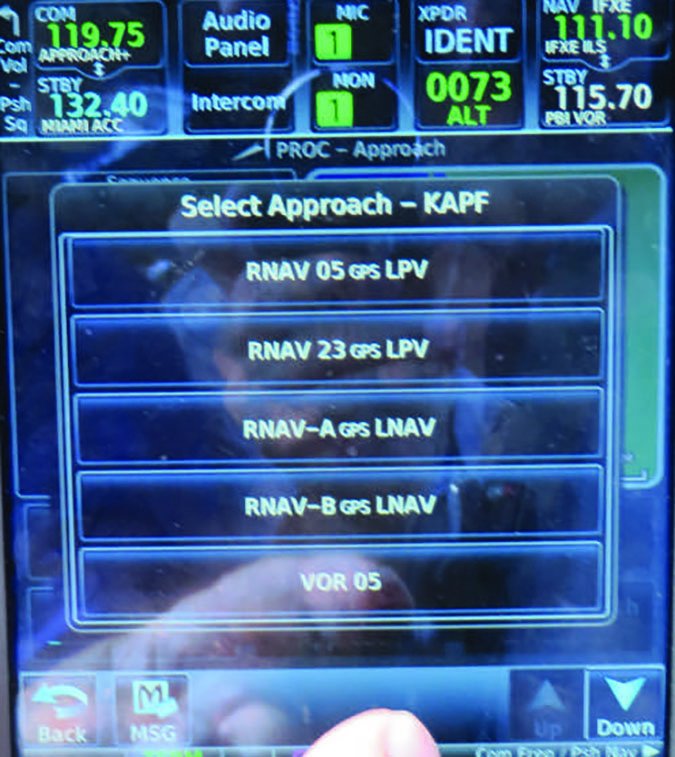
May, 2012: A student pilot in a Cessna 152 was flying from Denton, Texas, to the Ardmore (Okla.) Municipal Airport (KADM). During the trip, he obtained VFR flight following from ATC. At his last checkpoint, he was told Ardmore was at his 12 o’clock and 10 miles. The student contacted what he thought was Ardmore Municipal Tower and reported his position. It is unclear from the report, but it appears that he may have entered the wrong frequency.
The student pilot stated that he was told by the tower that he was actually a mile north of the field. He looked around and saw an airport about a mile away and presumed it was KADM. In actuality, he was looking at the Ardmore Downtown Executive Airport (1F0).
He set up for a landing at 1F0, and due to his growing confusion, flew much faster than normal and landed long, about 1000 feet down the 5000-foot runway. It was at that point he realized he was at the wrong airport. It may have been the fact that 1F0 has only one runway, while, KADM has two intersecting runways. It also may be attributed to the fact that he had actually flown into KADM with his instructor twice in the previous week, and 1F0 looked nothing like what he remembered.
In any case, he tried to go around and—in his mixture of confusion, late realization and adrenaline—forgot to retract the wing flaps from their full-down setting and was unable to climb above trees and houses at the end of the runway. He impacted trees, as well as power lines, but was able to walk away from the substantially damaged aircraft.
This student learned the hard way not to assume that the first airport you see is the right one. Had he been navigating either by dead reckoning with a sectional, or by GPS and EFB, he might not have been so easily confused. He also found out that there are worse things than landing at the wrong airport. By forgetting his go-around procedures and failing to raise his flaps, he almost became a tragic statistic.
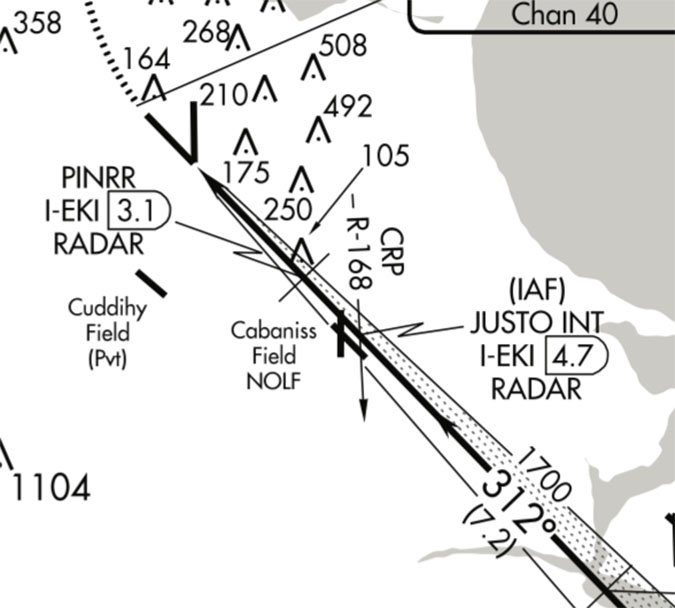
I’m A Check Airman—What Could Go Wrong?
May, 1997: A flight crew for a Part 121 carrier was flying from Houston, Texas, to Corpus Christi, Texas (KCRP), in a Boeing 737. The captain was a line check airman and the first officer was receiving his IOE (initial operating experience) training, his first flights in the actual airplane. The first officer was the pilot flying, while the captain ran checklists, and prepared the cockpit radios and flight management system for the upcoming approach to Corpus Christi (KCRP). The captain tuned the ILS, but did not identify it by listening to the Morse code identifier. Had he done so, he would have realized the receiver was tuned to the localizer for Runway 13, not the one servicing Runway 31, to which they were being vectored and expected to land on.
The captain briefed that they would crosscheck their altitude at the outer marker for the ILS approach to Runway 31 and that they should cross at 1600 feet. They were flying just above a scattered cloud layer. The ILS initially was providing them erratic information, so when the captain observed a runway through the cloud layer, he told the FO to land there. They cancelled IFR, contacted Corpus Christi Tower and were cleared to land on Runway 31. Unfortunately, the aircraft was set up for and landed on Runway 31 at Cabaniss Field (KNGW), a U.S. Navy auxiliary landing field located five miles southeast of KCRP and just southeast of the outer marker they had briefed.
So, what is the takeaway here? One of the punch lines in this story is that line check airmen are human too. The narrative does not discuss whether or not the first officer questioned the captain about his visual identification of the runway. I sense he did not. Airline flight decks are much more open to questions, crosschecks and good crew resource management today than they were even 20 years ago. Had the FO spoken up and expressed concerns about how the approach was proceeding, maybe this error could have been caught in time.
Also, this crew initially received erratic and somewhat confusing navigational data, and when provided a VFR alternative (the airport in and out of view through the clouds), they took it. In retrospect, had they notified ATC that they were receiving erratic data, the inevitable report back that its monitoring showed no malfunction, the crew may have investigated the problem more thoroughly. Perhaps they would have discovered their error in time, the correct ILS could have been tuned and they could have continued with their IFR approach and avoided this error. Punchline number two: Talk to ATC and tell them when your instruments are providing incorrect or erratic data.
Is that as long as it gets?
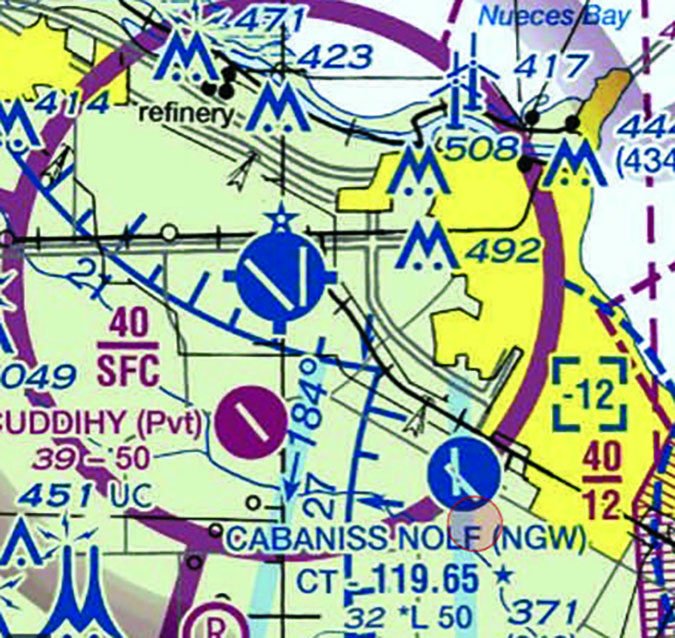
July, 2007: A Mooney M20F with a pilot and three passengers took off from Harrisburg, Ill. (KHSB), for a short VFR flight to the Blue Lick Airport (07KY), just south of Louisville, Ky. Blue Lick is a private-use airport, and a friend of the pilot had coordinated permission for the Mooney to land there. In a phone conversation, however, the pilot’s friend inadvertently referred to the airport as Brooks Field (73KY), located about five miles west of Blue Lick. Both airports are unattended, private, turf facilities.
The pilot took off from Harrisburg, flew VFR to Brooks Field, the wrong airport, touched down fast on Runway 6, and then went around. The pilot’s wife then said that the person they were going to visit would “never direct them to a place like this” and “we need to go somewhere else.” The pilot, described as a “quiet person” did not respond and instead made a second attempt to land. This time, he landed long—500 feet down the 2150-foot runway—attempted another go-around and crashed less than a mile beyond the airport. The pilot and one passenger were killed; the other two passengers were severely injured.
Blue Lickhas a single 2000-foot-long runway aligned 11-29. Trees were present 450 feet from the approach end of Runway 11 and 1000 feet from the departure end. Runway 6-24 at Brooks Field, meanwhile, is slightly longer (2150 feet), and has many more trees surrounding it. Trees 20 feet high were present on the approach end of Runway 6 while trees of 50 feet were present 600 feet from the departure end.
During the investigation, the NTSB determined the Mooney took off approximately 220 pounds over its max gross takeoff weight of 2740 pounds. At the time of the accident, the aircraft would have weighed approximately 150 pounds over the airplane’s max gross takeoff weight.
According to the manufacturer’s performance data for the accident airplane, on a “hard surface runway” with “zero wind,” with wing flaps full down, at an indicated airspeed at 80 mph, and “power off,” the distance to land over a 50-foot obstacle at 2740 pounds is 1879 feet. So, even if he had been at his max gross weight at landing, the pilot would have only been giving himself a margin of 271 feet of extra runway, or about 14 percent of the total runway required.
Do you ever take off over your max gross weight? Occasionally, I am guessing. How about landing? Do you look at the takeoff and landing charts in your flight planning, or do you just “know” how much runway you need?
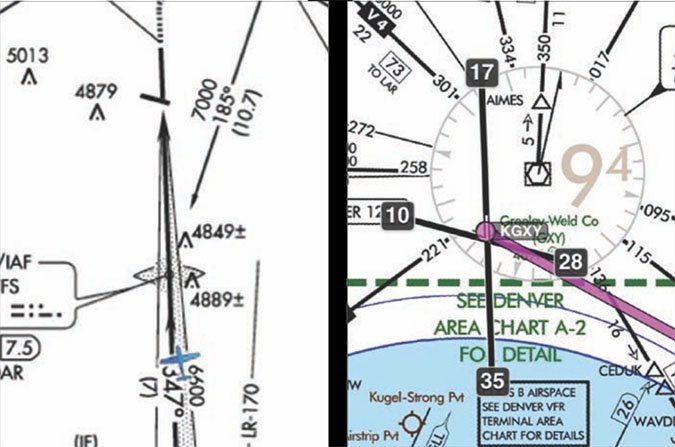
Conclusions
These four examples of landing at the wrong airport are different in their root causes. In two of them, the aircraft was damaged and one involved fatalities, something that rarely happens when touching down on the wrong runway. But both events ultimately have a common factor: a loose nut in the cockpit who didn’t confirm the location. You can do better.
Terry Hand is a former U.S. Marine Corps helicopter and instructor pilot. His current day job for a major airline requires a type rating in the Boeing 757/767.




